4.7.10 -
The final day in lunar orbit produces a number of Earthrise images, but the problem we have is that the crescent is extremely thin, and two of the sequences are from images given a very broad range of possible times.
With that in mind, we need to do some detective work in order to work out what they might be showing.
The Earth images in magazine 88 are recorded as occurring between orbits 64 and 72. This means Earthrise times of between 202:40 GET (00:15 on the 4th) and 218:25 GET (17:00 GMT), giving us a nice wide window to play with. We have two sets, AS15-
We also have examples in magazine 97, AS15-
All of thee images were taken n lunar orbit, must have been taken after the 3rd of August and before the end of the 4th, as at 21:22 on the the 4th the crew carried out the TEI burn.
The best example of each sequence is given in figure 4.7.10.1 below.
Figure 4.7.10.1: AS15-
Timing these images is tricky, particularly for magazine 88.
Magazine 97’s photographs are recorded as being from rev 70, which would put Earthrise at 214:26 GET (around 12:00), while the magazine 93 image is given as Rev 71, which started at around 14:30 GMT.
Before we get to looking at any satellite records, we need to see if we can be more precise about Magazine 88’s images. Luckily, all the magazines contain documented images of one of the moon’s most spectacular features, Vallis Schroteris. This snake like rille, close to Aristarchus crater, was also photographed by the Metric Mapping camera at known times. We should, therefore, be able to compare the features of Vallis Scroteri in the various Apollo images to try and deduce when the ones in magazine 88 were taken.
Figure 4.7.10.2 shows representative MMC photographs
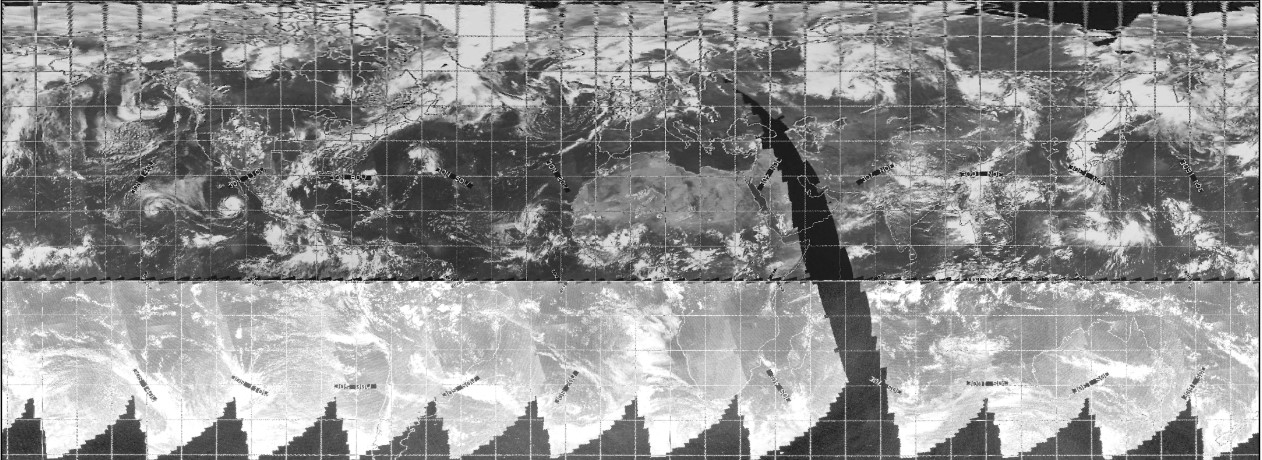
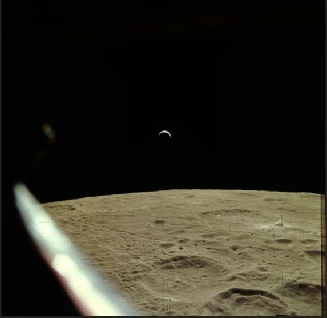
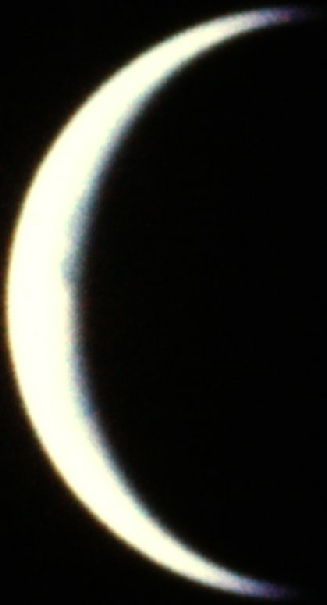
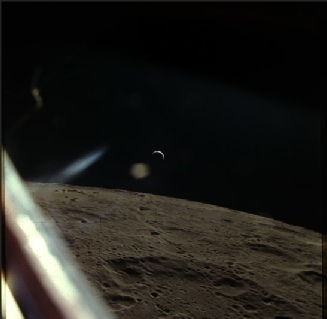
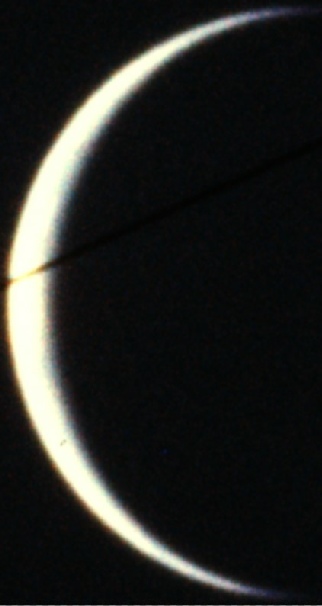

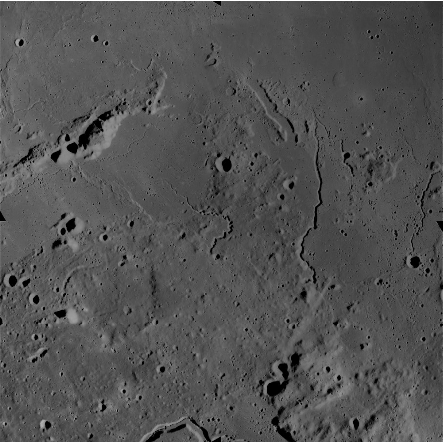
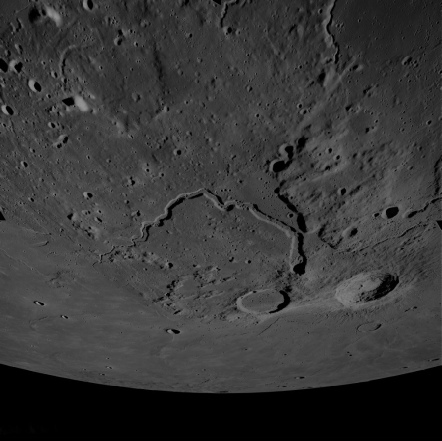
Figure 4.7.10.2: AS15-
For the record, the timings of each of those MMC photos are: AS15-
Let’s start with the two easiest ones. First, we should verify that what we’re seeing in the Hasselblad image matches with what we see in the MMC photograph.
Let’s start with magazine 93. That magazine also contains photographs of Schroteris, but before the view of Earth was taken. That must mean that the Hasselblad image of Schroteri was taken on Rev 70 and the same time as AS15-
Figure 4.7.10.3 compares the section of the MMC showing the part of the rille with AS15-
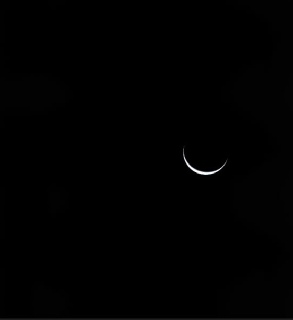
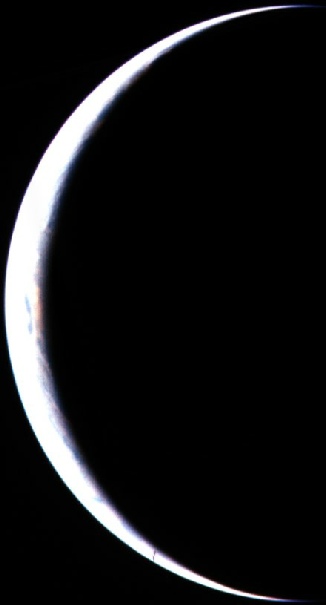
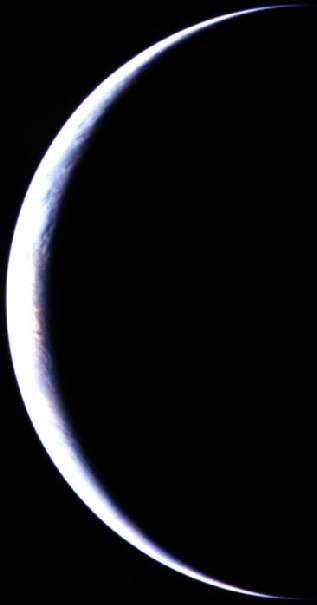
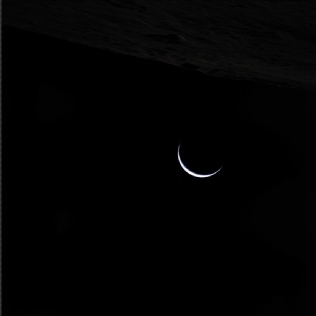
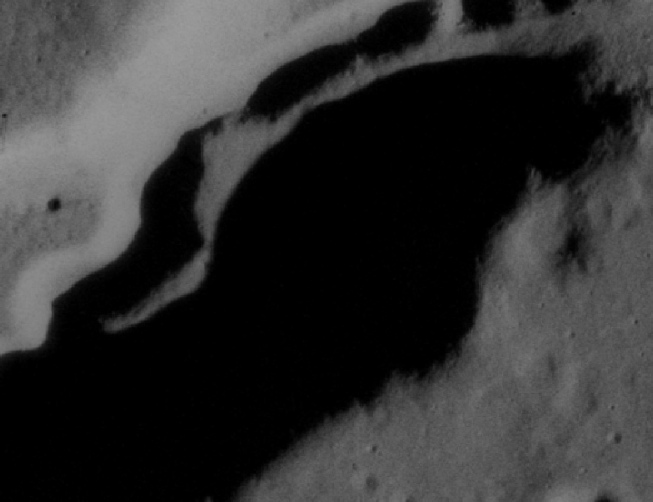

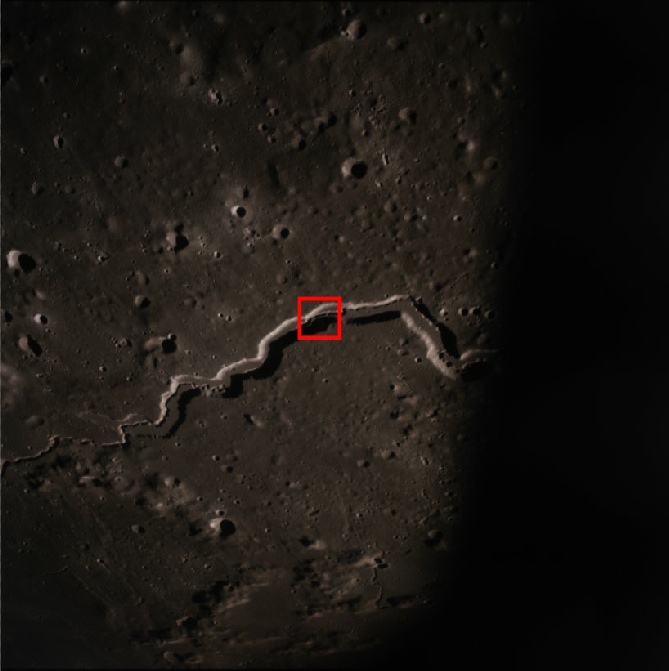
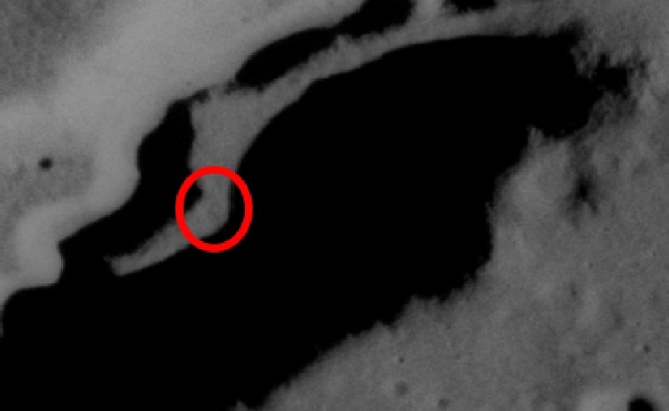
Figure 4.7.10.3: AS15-
Ostensibly the two MMC images look very similar, but the area in the red circle drawn on the later image is much wider than the same area from one revolution earlier. This is to be expected given that this region is getting lighter as the mission progresses. The Hasselblad photograph, although of lower resolutio, is obviously an exact match for the MMC from Rev 70, which means that the we can confirm that the Earthrise in magazine 93 is from Rev 71.
How about the mag 97 view?
That particular Earthrise is recorded as on Rev 70, with the Schroteris images recorded before them on rev 69, including a close-


Figure 4.7.10.4: AS15-
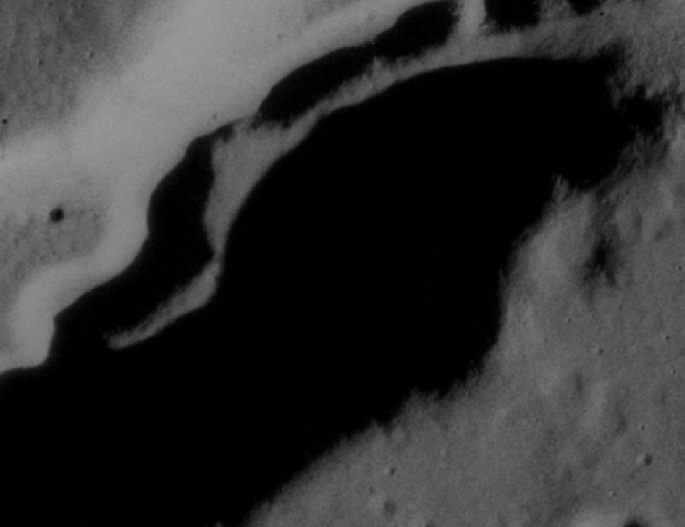
Looking at the same area we can again see that the part picked out in the red circle in the previous image is has larger shadows, so it was definitely taken before AS15-
So far, so good.
Where then does that leave is for the two magazine 88 Earthrises? Well, it just so happens that the two are separated by another marvellous view of Vallis Schroteris in AS15-
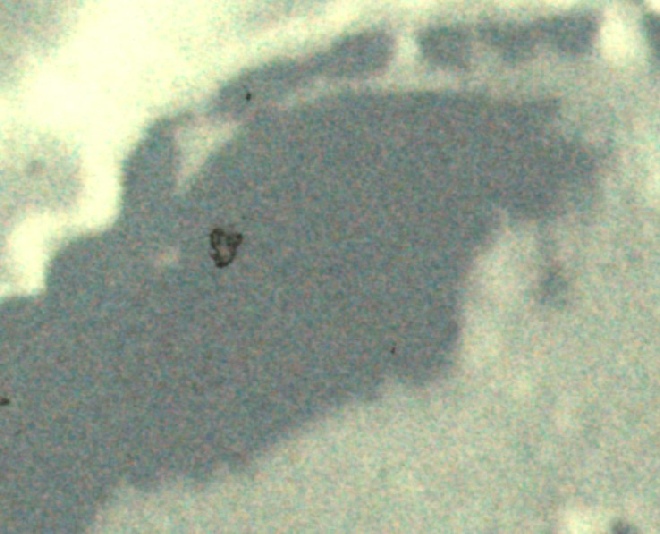
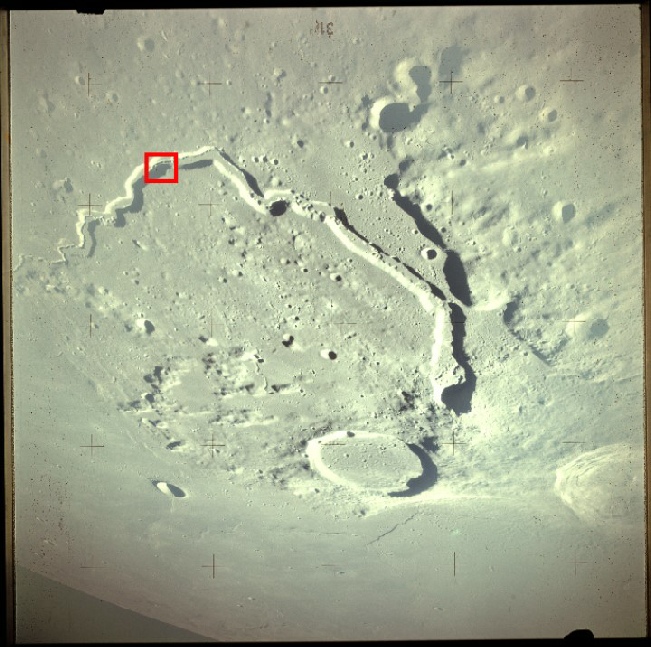
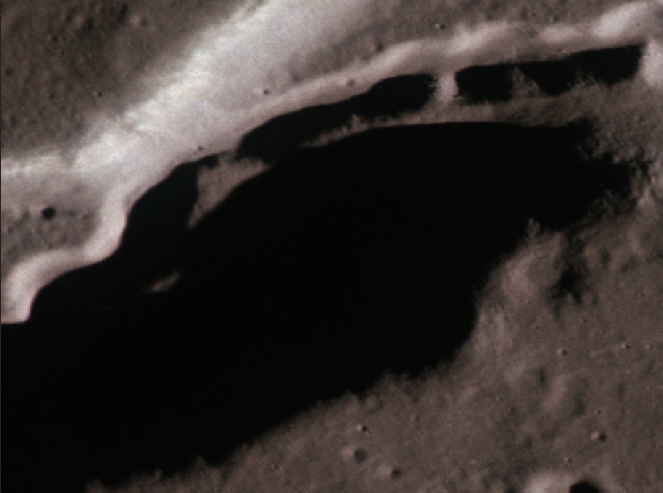
Figure 4.7.10.5: AS15-
While we don’t have a precise timer for this image, it’s pretty obvious that it was taken at exactly the same time as the one in magazine 97. The shading is an exact match. We can also see that magazine 88 is still using a camera from the lunar surface, as you can see the Reseau marks and the unique identifier ‘31’, Dave Scott’s camera.
Can we be certain that the Earthrise wasn’t taken later than orbit 70? While the next available image of Schroteris (AS15-
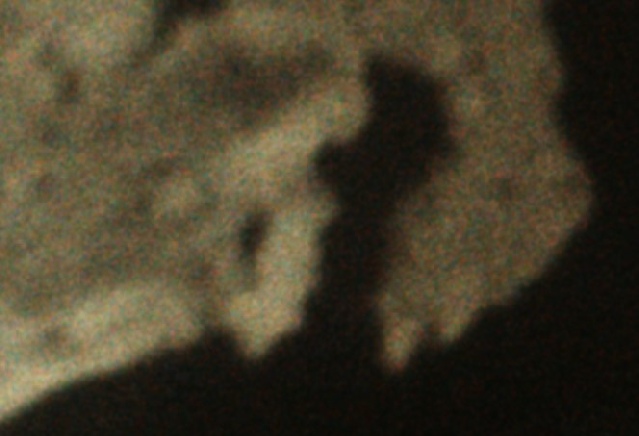
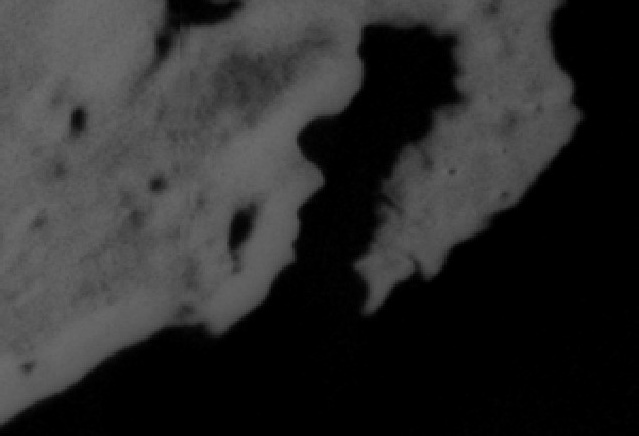
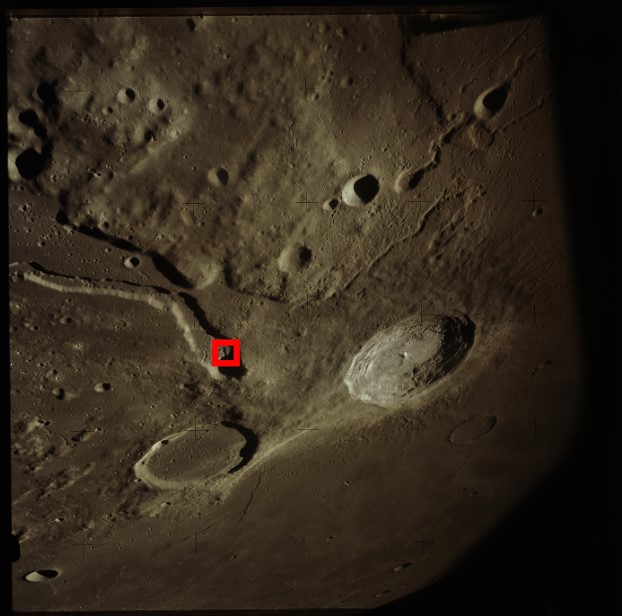
Figure 4.7.10.6: AS15-
As with previous Hasselblads, the resolution isn’t quite as clear as the MMC, and while there are slight differences it’s hard to tell if this is a result of actual change or just camera angle and image quality.My opinion is that it is consistent with having been taken at the same time as the MMC on rev 71, and therefore consistent with the Earthrise as being from Rev 70, at the same time as the one form magazine 97.
That just leaves the first Earthrise sequence.
Close examination of figure 4.7.10.1 suggests that the Earth crescent in that photograph is considerably wider than the ones examined above, suggesting it was taken much earlier. Working out how much earlier requires a bit of detective work, and some correcting of the official record.
Before we get to the Earthrise in question, we have a few images taken around Vallis Schroteris that are listed as being from rev 63. We also have MMC images from that pass, and the one before it, so we can compare them. Timing these images might well be crucial to getting the Earthrise correct! Figure 4.7.10.7 shows the photographs in question.
Figure 4.7.10.8: AS15-
It’s pretty much an exact match, and it looks as though, far from being taken between rev 64-
Where does that leave us with the Earthrise? We now know it must hav been taken somewhere between rev 63 and rev 70, probably nearer the former than the latter given the size of the Earth crescent. In the foreground of AS15-
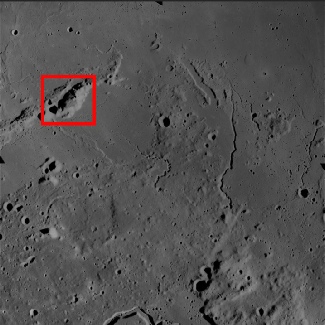
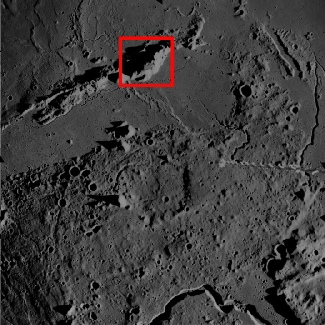

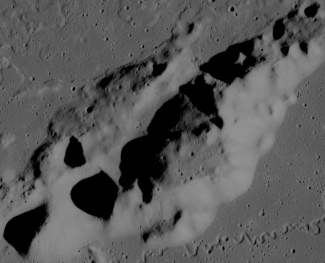
Figure 4.7.10.7: toprow left to right -
Using the area inside the two red circles on the Hasselblad, it should be obvious that the shadows in the Hasselblad fall somewhere between rev 60 and rev 62, leading to the conclusion that it was actually taken on rev 61, not rev 63 -
That then has implications for Hasselblad photographs taken immediately before Earthrise, specifically AS15-

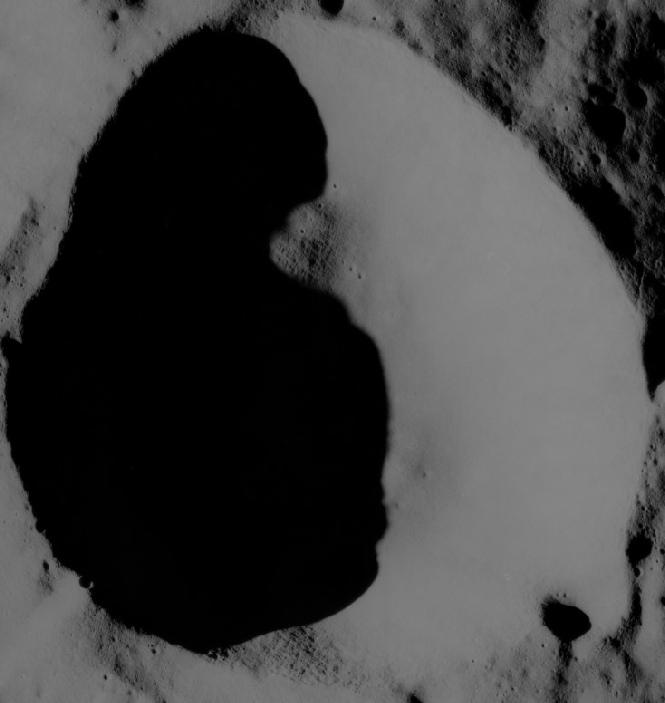
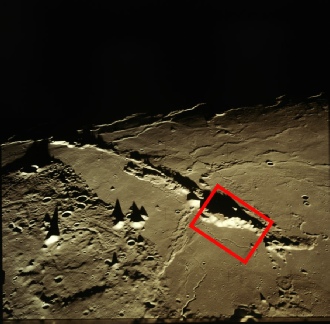
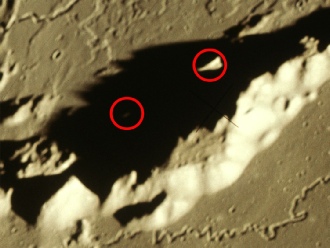
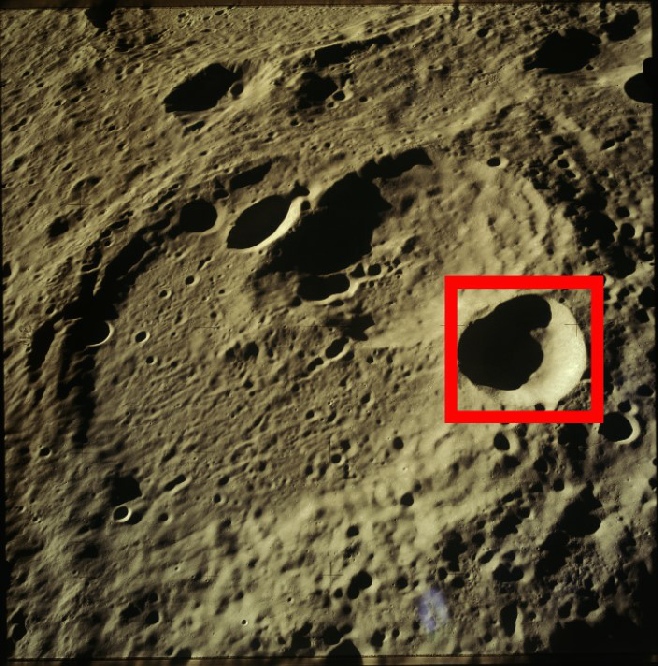
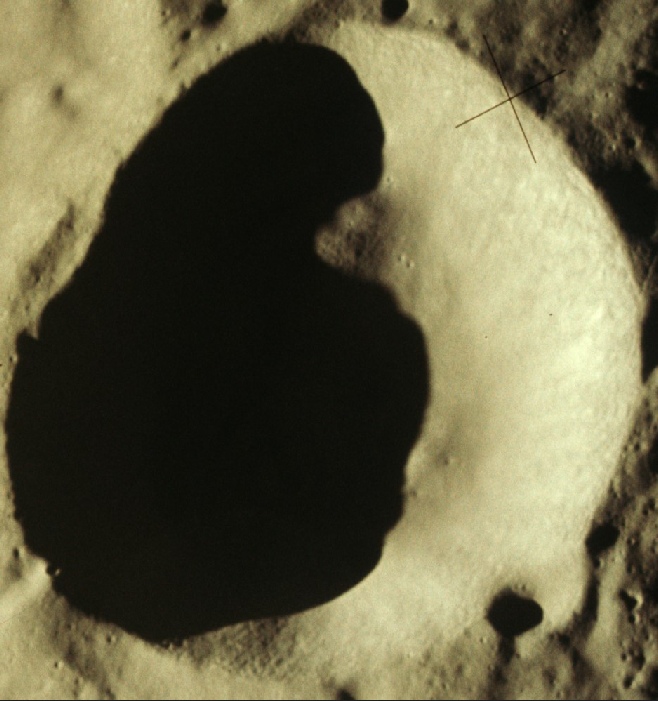
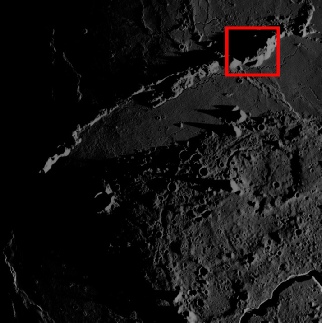
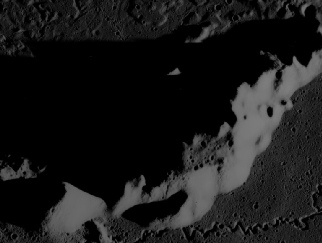
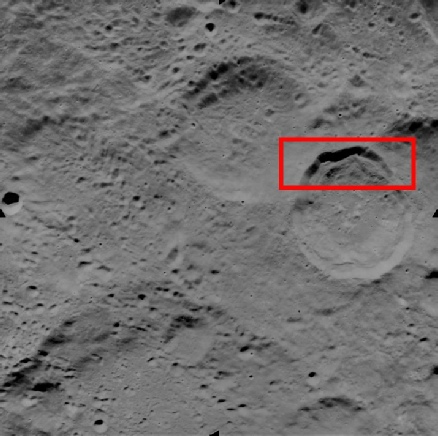
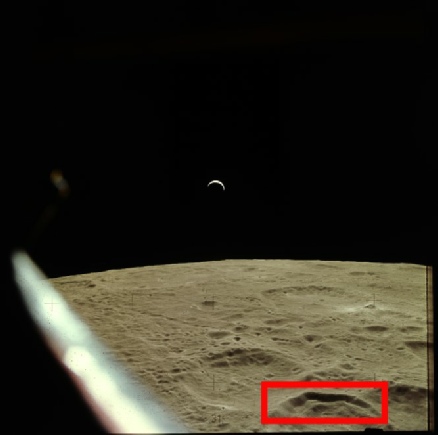

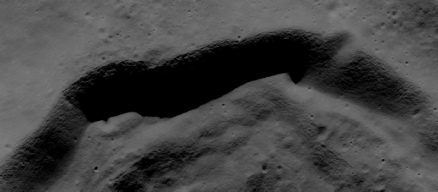
Figure 4.7.10.9: AS15-
Looking at the centre line, it’s noticeable that the crater rim details are visible in the Hasselblad and earlier MMC photograph, but are shrouded in darkness by rev 70. Along the bottom row, zoomed in on a small crater at the base of the crater rim’s cliff, we can see that by rev 70 the shadows are creeping well into it, but in the first two photographs there is a clear separation between the cliff base and the edge of the crater. This suggests to me that like M-
Too long didn’t read?
AS15-
AS15-
AS15-
Now that we’ve sorted that out, what analysis can we do? For the first of the sequence, not a lot, other than point out what we could have seen had it not been over-
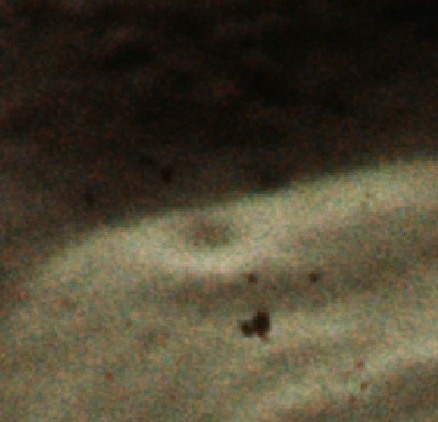
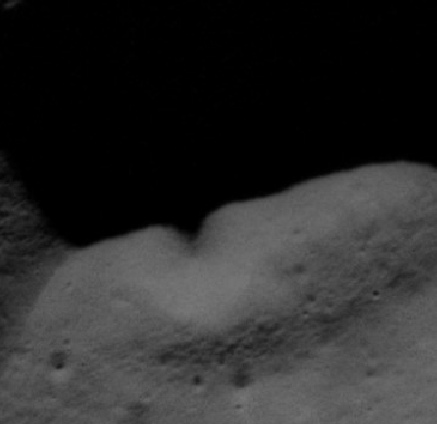
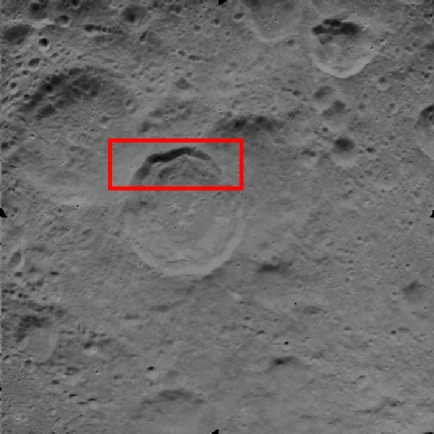
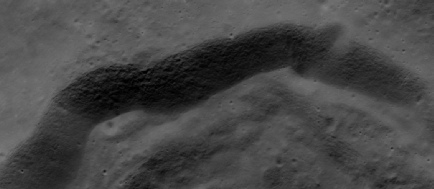
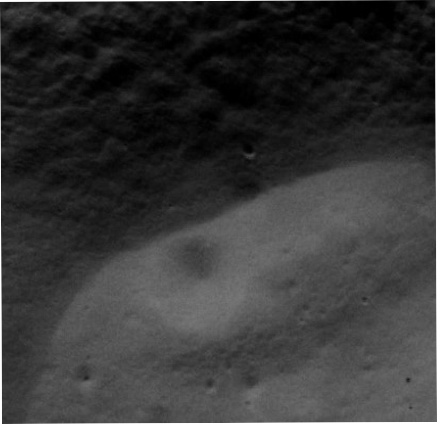
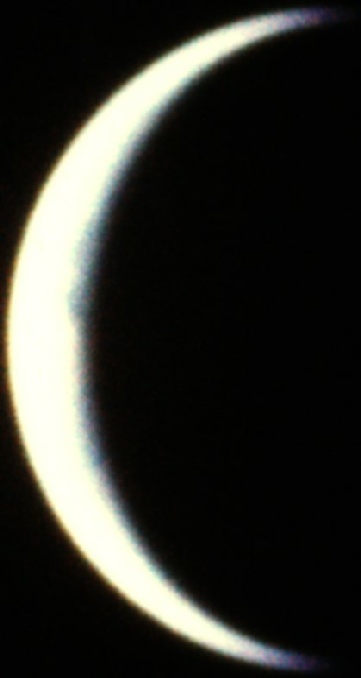
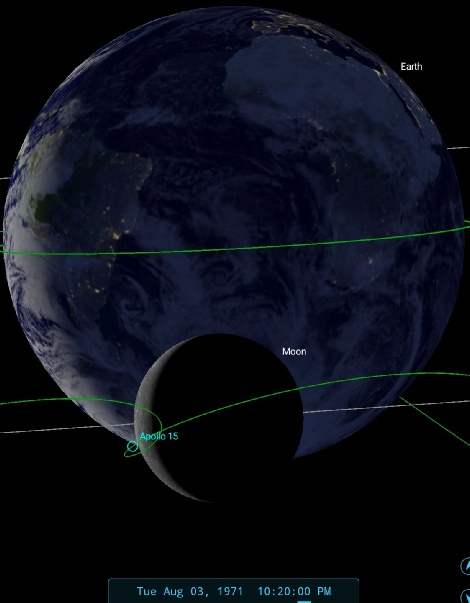
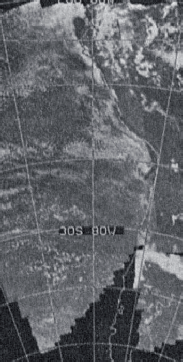
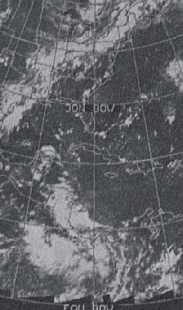
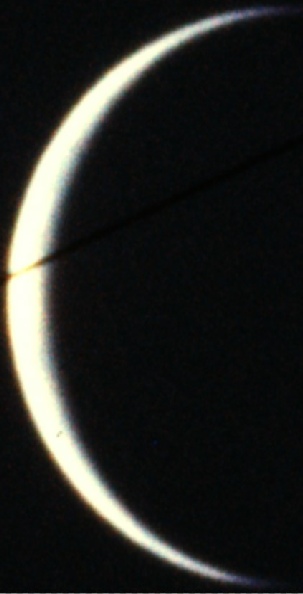
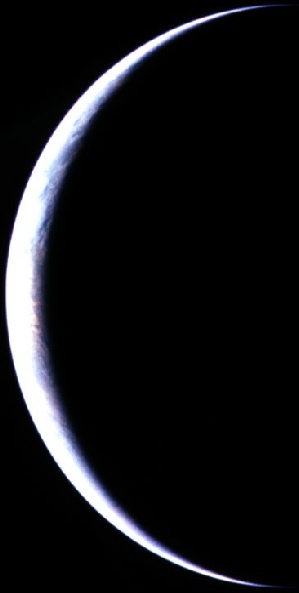
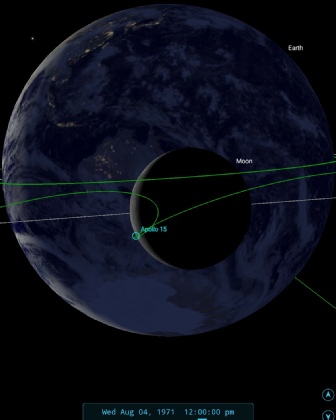
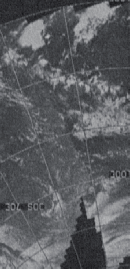
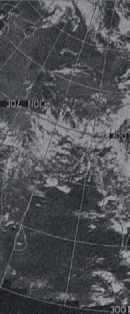
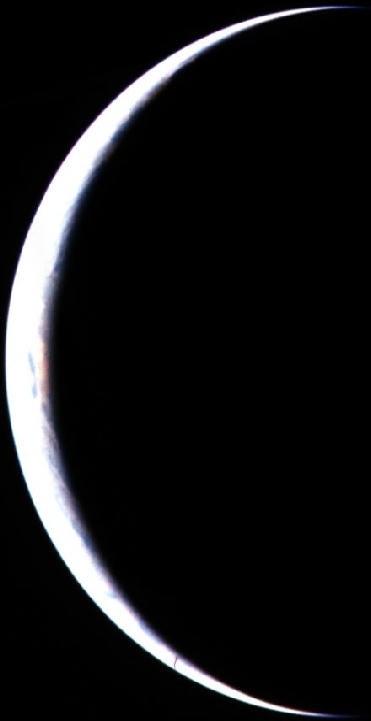
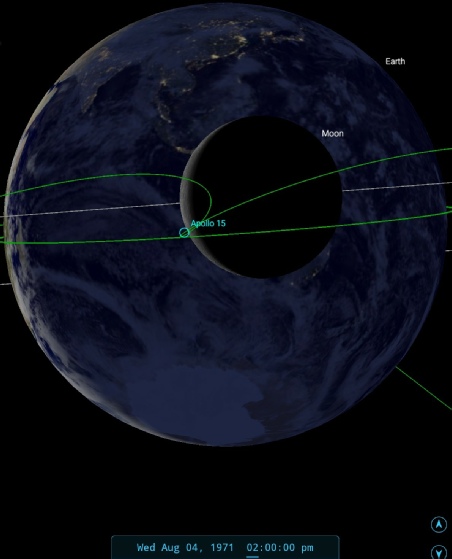
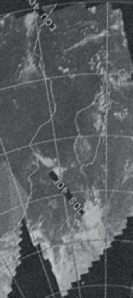

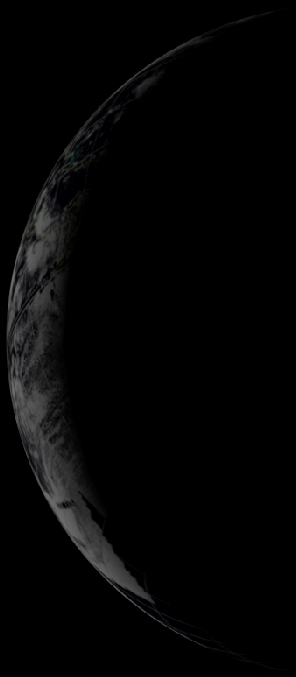
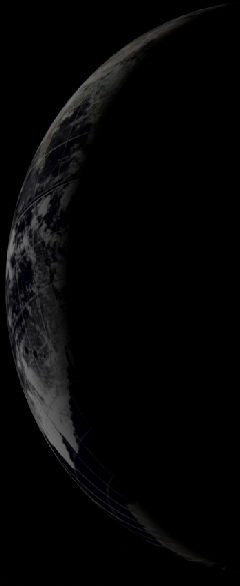
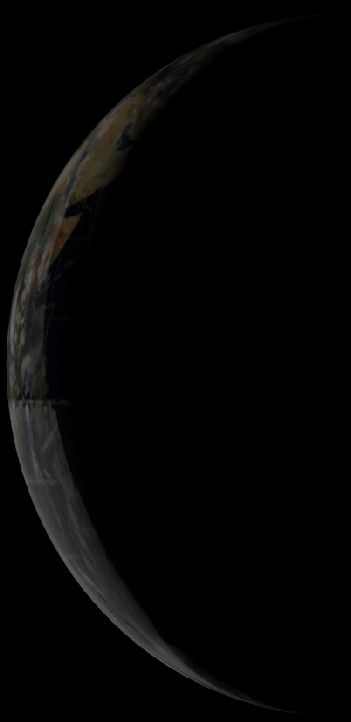
Figure 4.7.10.10: AS15-
Figure 4.7.10.11: AS15-
Figure 4.7.10.12: AS15-
The image of Earth here is so overblown there’s little we can make out, but there is he suggestion of a darker area at the same place as the South American coastline. What we can say for certain is that the crescent matches what should be visible.
The next photographs are dealt with in figure 4.7.10.11.
As with the previous magazine 88 Earthrise. There is little we can discern from this image, although careful examination does show similar patterns along the terminator compared with the magazine 97 view. The latter image does show slightly more detail, but the best we can realistically say is that is not inconsistent with the details in the weather satellite in the Bay of Bengal and Andaman Sea.
Finally, we have figure 4.7.10.12 to complete the sequence.
Again, there’s not a lot to go on, but there is a strong suggestion of a darker land mass roughly where Madagascar is a the time it was taken, and indentations around Arabia.
That’s it for August the 4th, and lunar orbit.
It’s fair to say that we haven’t positively identified much on the images, but we have at least been able to determine when they were taken, and that what we see in the photographs is not inconsistent with what should be there.
The next section deals with the voyage home. Click the links.